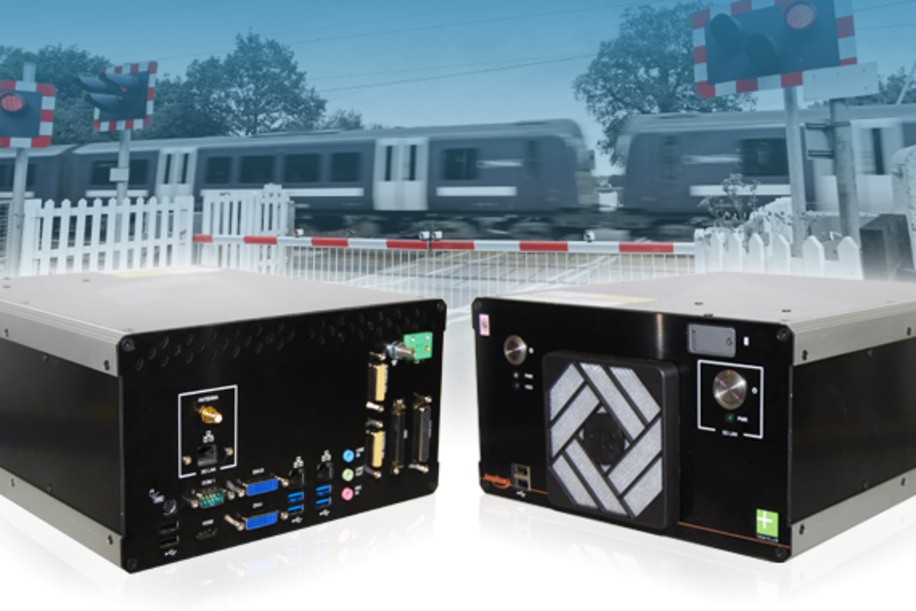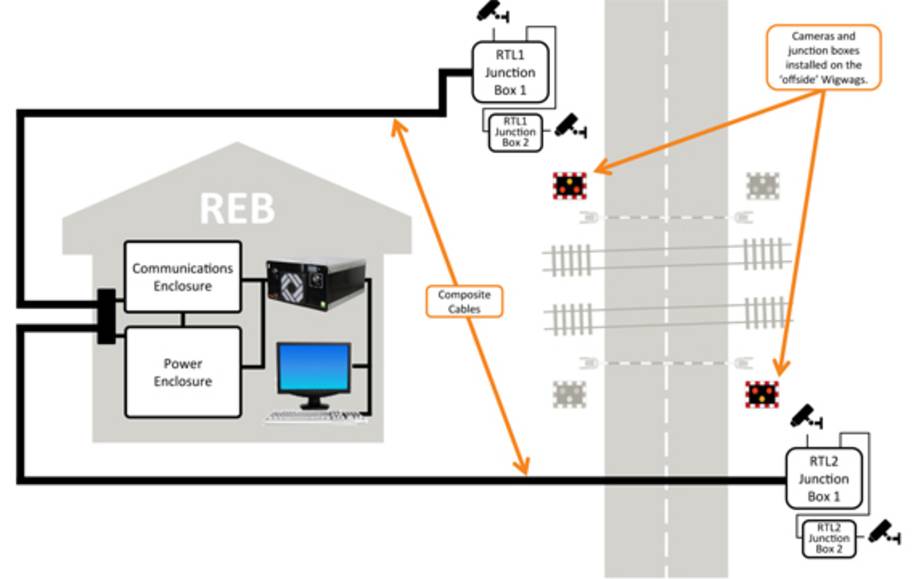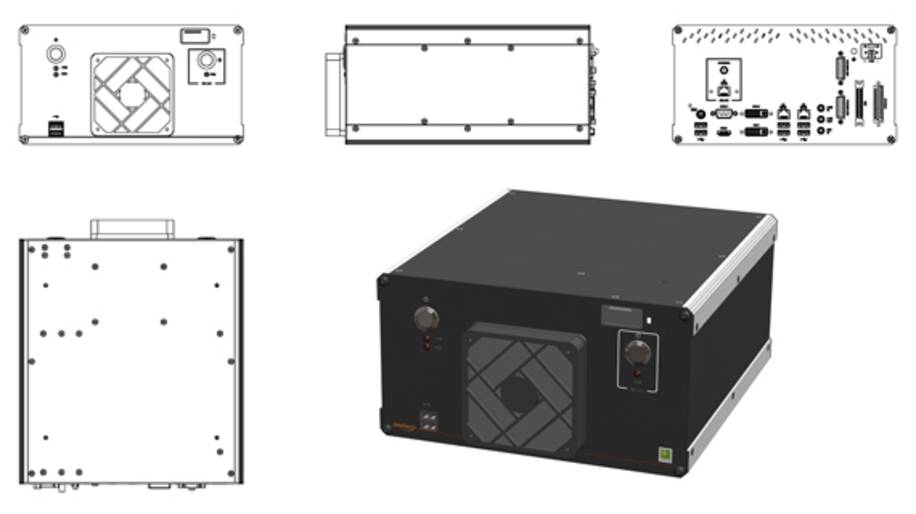Cutting-edge CCTV Level Crossing Surveillance System for Network Rail

TEW Plus is a leading telecommunications and security systems integrator servicing the transport and commercial markets. TEW Plus has been working with the rail industry for a number of years providing innovative products and services.
With a strong recommendation from a large rail construction company TEW Plus were advised to seek help from Amplicon as they have a proven track record in providing rugged, reliable and repeatable computing solutions to the rail industry.
The requirement
TEW Plus had been working with Network Rail for the last five years to design and develop a CCTV level crossing surveillance system. This forms an integral part of the Network Rail Level Crossing Obstacle Detection upgrade project (MCB-OD), which provides automated scanning and detection of obstacles within the level crossing area using RADAR (Radio Detection And Ranging) and LIDAR (Light Detection And Ranging) technology.
The TEW Plus CCTV and LIDAR equipment is designed to detect and record all obstacles present within the crossing boundary. The LIDAR equipment is the complementary obstacle detector for the MCB-OD crossing and is used to detect objects on the ground and around the inside edge of the barriers. The CCTV system is predominantly designed to record a visual overview of the crossing to allow retrospective review of any incident, although it also records the LIDAR data stream which can be played back in sync with the video.
At every installation an embedded PC was required to process, control and record data from various devices. Each PC needed a large amount of data storage for recording the 16 video inputs, and the system had a powerful central processing unit (CPU) to handle both CCTV recordings and data streams from up to 8 LIDAR devices. The PC also connects to the RADAR and site Data Logger providing a remote maintenance interface to these devices.
The PC also has a number of input/output interfaces enabling the possibility of remote activation of relays at the Level Crossing and providing a video overlay data log of any connected relays.
As well as the PC meeting the technical specification required, it needed to work in some tough environmental conditions being located within Network Rail buildings and cabinets close to the trackside. Also with a planned upgrade to level crossings across the UK happening over a 4-5 year period, it was very important that the same design could be replicated during the rollout stage and be supported for the duration of the contract.

The solution
With a design brief provided by TEW Plus for a suitable PC, the Amplicon Engineering Services team was then able to give a full consultancy service to produce a design that met the TEW Plus technical specifications and comply to rail trackside approval (EN50121-4). From discussions with TEW Plus our design team produced a 3D CAD model using Solidworks to give a representation of the design so any changes could be made before a prototype was built.
After producing a prototype, field trials were carried out to check the performance and functionality of the system before it was submitted to meet EN50121-4 standards.
Using Amplicon EMC and environmental chambers, we were able to carry out EN50121-4 pre-compliance testing on the system before it was submitted to an accredited laboratory for final testing and approval. With the vast experience that the Amplicon engineering team have in designing and manufacturing complex PC solutions to rail standards like EN50121-4, they saved the customer a large amount of time and money.
After all the tests had been carried out, the final design was completed by the branding of the chassis with the TEW Plus logo.

The requirement presented a number of challenges that meant a bespoke custom solution needed to be designed. One of the major issues was the use of a number of plug in cards in an embedded PC. Because the system had to accomdate a length PCIe digital video recorder (DVR) card and two additional plug in cards to provide isolated RS232/422/485 com ports and digital in/relay output functionality a custom chassis was designed and then manufactured by Amplicon.
Another feature that was required for the project was the provision of a cellular connection to the level crossing surveillance system, for this function the customer planned to use a separate router rather than a PC based plug-in card. In the design Amplicon incorporated the 3G router within the PC housing giving a cost effective and tidy solution that gave an easier installation of the systems. Because the PC used an Intel iCore processor with the benefit of a built in remote monitoring feature (iAMT) the 3G router provided a wireless connection to the PC for maintenance, upgrades and fault finding. Housing the 3G router within the PC also meant that the PC could be power cycled remotely via a SMS message in the event of a problem. To achieve this, all that was required was a simple power relay circuit integrated into the PC enclosure.
Amplicon engineering designed and built an embedded PC solution for the customer that could not have been met by using an off the shelf chassis and components.
Amplicon were very professional from the start, understanding fully the environment and specific requirements of the project. Reliability and sustainability are key factors in providing products to the rail industry and we feel comfortable working with Amplicon.
With many hundreds of Level Crossing upgrades planned over the next five years we now plan to expand the use of the PC to provide Red Light Violation, Census data, and other analytics to help Network Rail in their continued efforts to providing safer Level Crossings.
Dave Farman - TEW Plus

Why Amplicon?
Because Amplicon Engineering Services has UK design and manufacturing capabilities, a short period of time was all that was required to design, prototype, manufacture and test the finished solution. This process is extremely flexible; any changes in the design and delivery were seamless because Amplicon could offer the complete solution without relying on other partners for assistance with the project.
Providing all of the services also allowed Amplicon to reduce the commercial impact of minimum order quantities (MOQs) and non-recurring engineering (NRE) costs, as well reducing lead times.